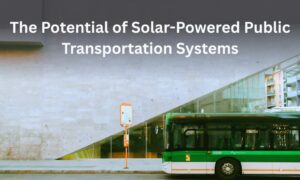Australia bathed in sunshine for much of the year, is a prime location for harnessing solar energy. However, even in the Land Down Under, shadows can lurk, impacting the efficiency of solar panels in Australia. This article explores the impact of shade on solar panel efficiency, exploring how trees, buildings, and seasonal changes affect solar power generation.
Does shading impact the efficiency of solar panels? Absolutely.
Solar panels rely on uninterrupted sunlight to convert it into electricity. Any form of shade, even partial, can significantly reduce their output. This is because solar panels are made of interconnected solar cells. When shade falls on a single cell, it disrupts the electrical flow throughout the panel.
Imagine a team relay race. If one runner stumbles, the entire team’s speed is affected. Similarly, a shaded cell acts as a bottleneck, limiting the overall electricity production of the panel.
The severity of the impact depends on the type and duration of shade. Here’s a breakdown:
- Solar shade: Even brief periods of shade, like passing clouds, can reduce power generation.
- Partial shade: This can significantly reduce efficiency, sometimes by 30-40%.
- Full shade: A completely shaded panel produces minimal to no electricity.
The shading effect: Why shadows matter
Solar panels function by converting sunlight into electricity. Any obstruction that blocks sunlight, even partially, can disrupt this process. This is because most solar panels are wired in series. If one cell in a panel is shaded, its output drops, impacting the entire panel’s electricity production. This domino effect is similar to a weak link in a chain, limiting the overall power generated by the system.
1. Trees: Friends or foes of solar power?
While trees offer environmental benefits, their leafy companions can cast long shadows throughout the day, especially as they grow taller. Strategic placement of your solar panels and mindful tree trimming can help mitigate this issue.
Finding the right balance: Tree management for optimal solar
Strategic planning and management are the keys to maximising solar power generation with trees. Here are some tips:
- Panel placement: When installing solar panels, consider the position of existing and future growth patterns of surrounding trees. Aim for unobstructed areas with maximum sunlight exposure throughout the day.
- Trimming, not removing: Removing trees altogether should be a last resort. Carefully planned branch trimming can significantly improve sunlight access to your panels without sacrificing trees’ environmental benefits.
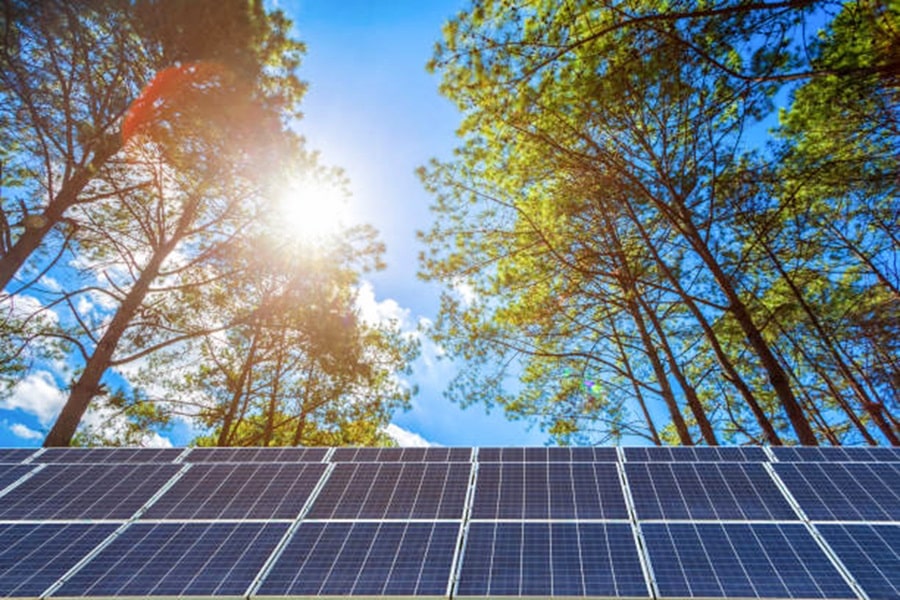
2. Building shadows: A matter of positioning
Shadows cast by nearby buildings can also reduce solar panel efficiency. Similar to trees, consider the following during the planning stage:
- Roof selection: If possible, choose a north-facing roof with minimal shading from chimneys, vents, or neighbouring structures.
- Solar panel tilt: Your panels’ tilt angle can be adjusted to optimise sunlight capture throughout the year, potentially mitigating the impact of shadows during specific times of the day. Check out our page for Solar Panel Tilt: Does the Angle of My Solar Panels Really Matter?
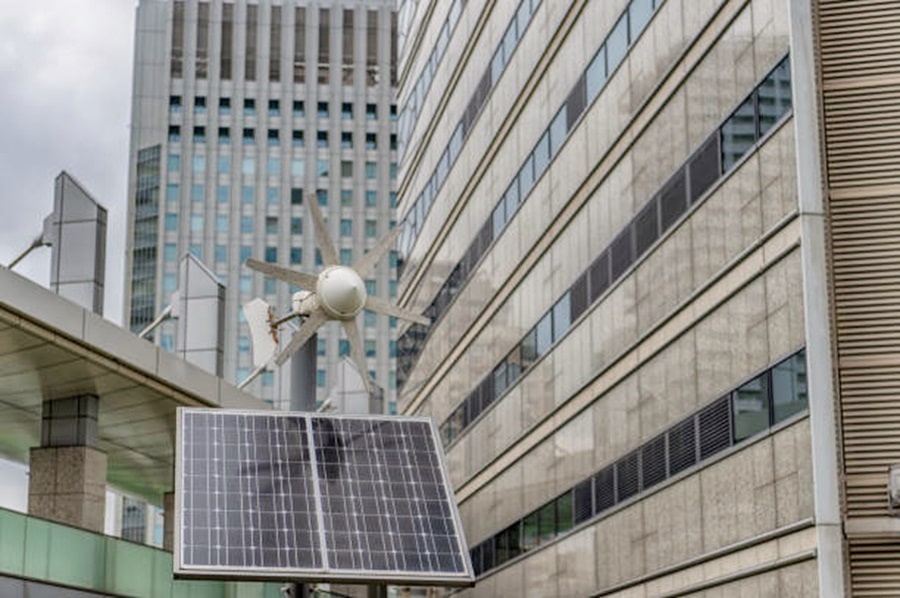
Power your home or business with the sunshine above and the wind at your back! Ditch the grid or off-grid and embrace clean energy independence with a customised solar + wind + battery storage system.
Energy Matters connects you with 3 FREE solar quotes from local, vetted installers, ensuring you get the perfect fit and the best price. Click today and unlock the future of energy!
3. Seasonal shifts and sun angles
Australia’s distinct seasons also affect how much shade affects your solar panels.
- Summer: With longer daylight hours and the sun at its highest point in the sky, shade tends to have a less significant impact during summer.
- Winter: Shorter days and a lower sun angle mean shadows are longer, potentially covering panels for extended periods. This can lead to a noticeable decrease in solar power generation compared to summer.
Optimising solar power under shade
While shade presents challenges, there are steps you can take to maximise your solar power generation:
- System monitoring: Regularly monitor your solar system’s performance to identify potential issues caused by shading.
- Panel placement: During installation, prioritise unobstructed areas with ample sunlight exposure throughout the day.
- Strategic trimming: If trees are unavoidable, consider trimming branches to minimise shading on your panels while maintaining the tree’s health.
- Microinverters: For situations with partial shading, using microinverters instead of a single central inverter can optimise power production. Microinverters handle each panel individually, ensuring that shaded panels don’t drag down the performance of others in the system.
- Battery backup: Consider a battery storage system to store excess solar energy generated during peak sunlight hours for use during lower production periods, like winter or cloudy days.
Ready to upgrade your solar panels and take your energy savings to the next level? Embrace the energy efficiency revolution by upgrading your solar systems and adding a battery storage system or solar inverters with Energy Matters.
With our 3 free solar quotes, you can compare plans from pre-qualified and vetted installers in your area and find the perfect solution for your home and business. Harness the sun’s power and save money on electricity bills while reducing environmental impact. Let Energy Matters guide you towards a brighter, more sustainable future.
What happens if one solar panel is shaded? The ripple effect
While a single shaded panel isn’t a big deal, the impact can ripple through the entire solar system. Most solar panels are connected in series, meaning the current produced by one panel flows through all the others. If one panel is shaded and produces less current, it acts like a weak link, dragging down the entire system’s output.
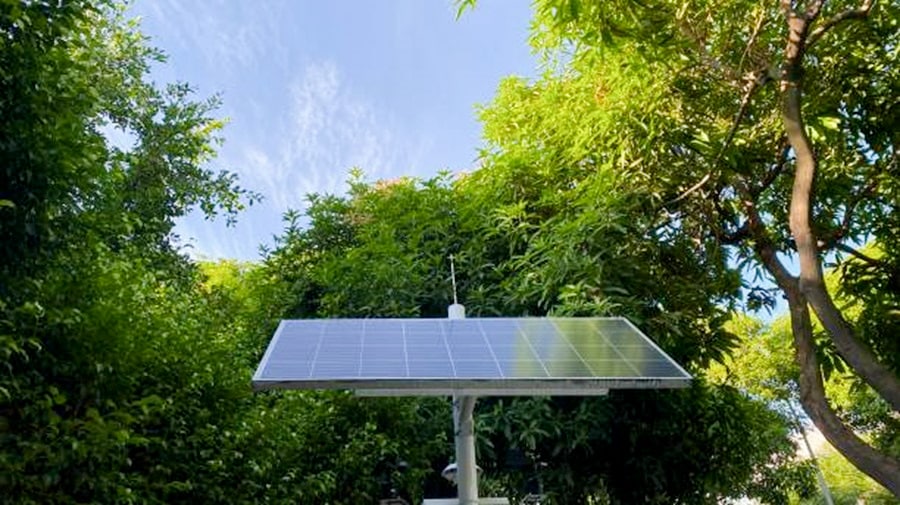
Does shade eliminate or just reduce the amount of electricity from a solar panel?
Shade reduces, but doesn’t entirely eliminate, electricity production. The extent of the reduction depends on the shade’s severity and duration. However, there’s a technology on the horizon called shade-tolerant solar panels. These panels are designed to minimise the impact of partial shade by incorporating features like bypass diodes that isolate shaded cells and maintain current flow in unshaded areas.
Considering shade-tolerant panels? While developing, shade-tolerant panels offer a potential solution for areas with unavoidable partial shading.
Are you looking to save money on your electricity bills and reduce your carbon footprint? Solar energy is the perfect solution! Energy Matters can help you get up to 3 FREE solar quotes from pre-qualified and vetted solar firms in your area.
Energy Matters has been a leader in the renewable energy industry since 2005 and has helped over 40,000 Australian households in their journey to energy independence. With Energy Matters, you can be sure you’re getting the best possible deal on solar energy. We only work with reputable solar firms with a proven track record of delivering high-quality solar systems.
How does the weather affect solar panel electricity production? Seasons play a role
Australia’s sunny climate is ideal for solar power, but seasonal changes influence production. Summer naturally leads to higher electricity generation with longer daylight hours and clear skies. Winter presents a different story. Shorter days and increased cloud cover can decrease solar power output.
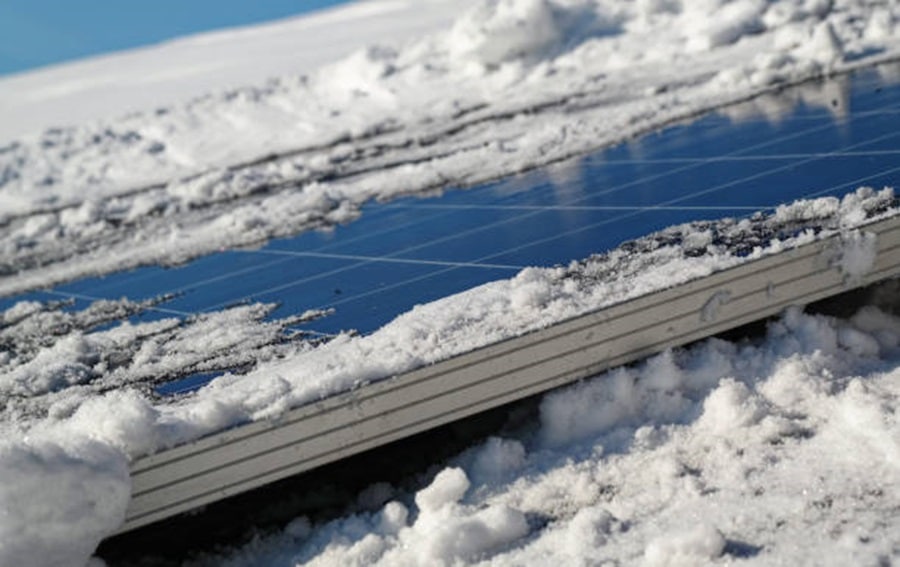
Ready to go solar? Get an instant assessment
To find out how much a solar system with storage or even an EV charger will cost, try our easy-to-use solar power and battery storage calculator! It will generate performance data and possible cost savings.
We can forward your information to 3 trusted local installers in your area to obtain free, no-obligation solar quotes.
Find out how much you can expect to pay for solar
Ready to find out more? Get FREE quotes for solar, batteries + more
*Prices quoted are to be used as a guide only and do not factor in state and other rebates and incentives. Includes STC discount.












